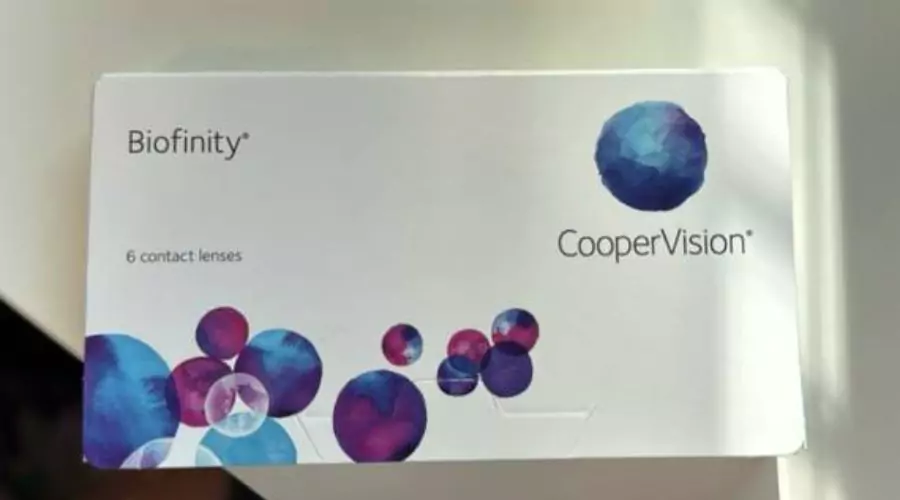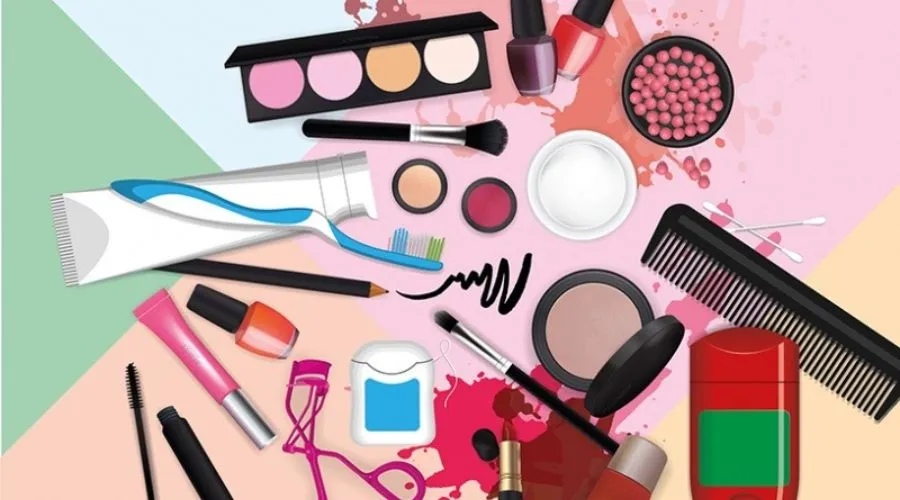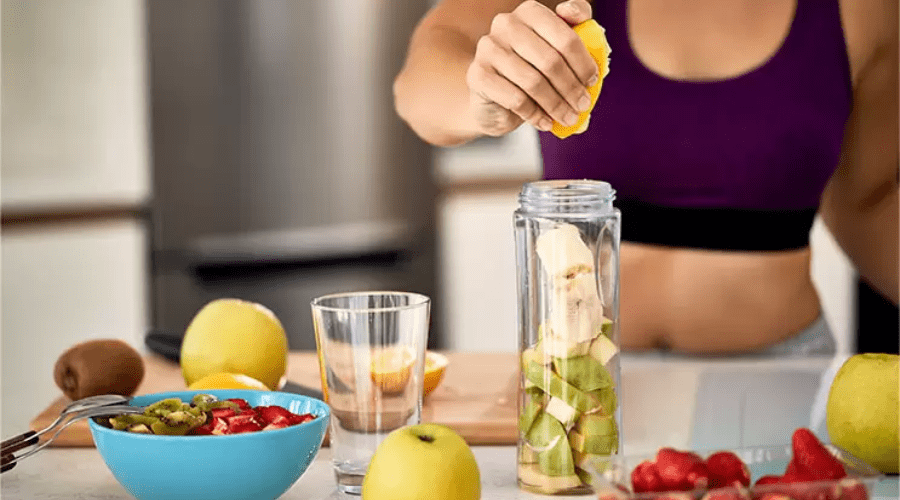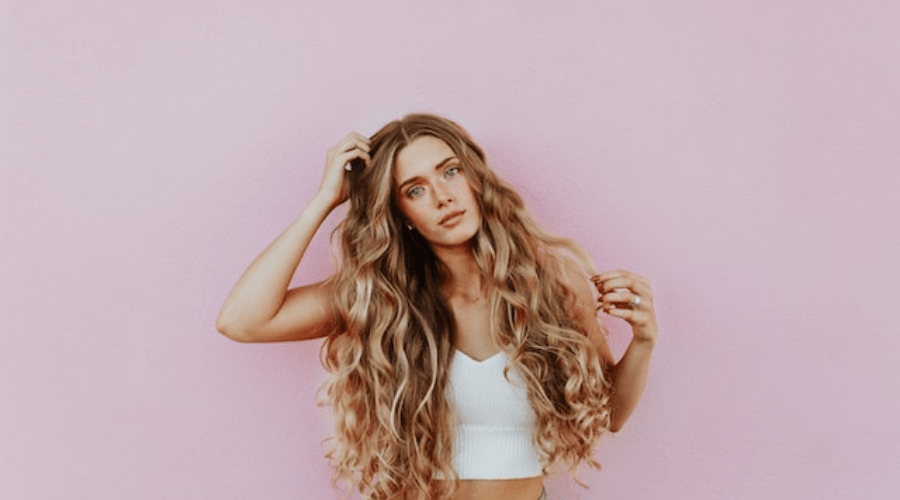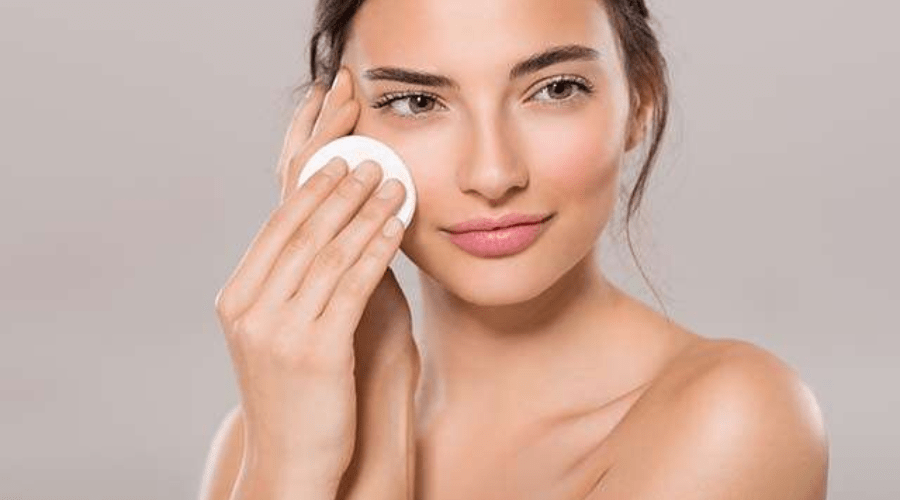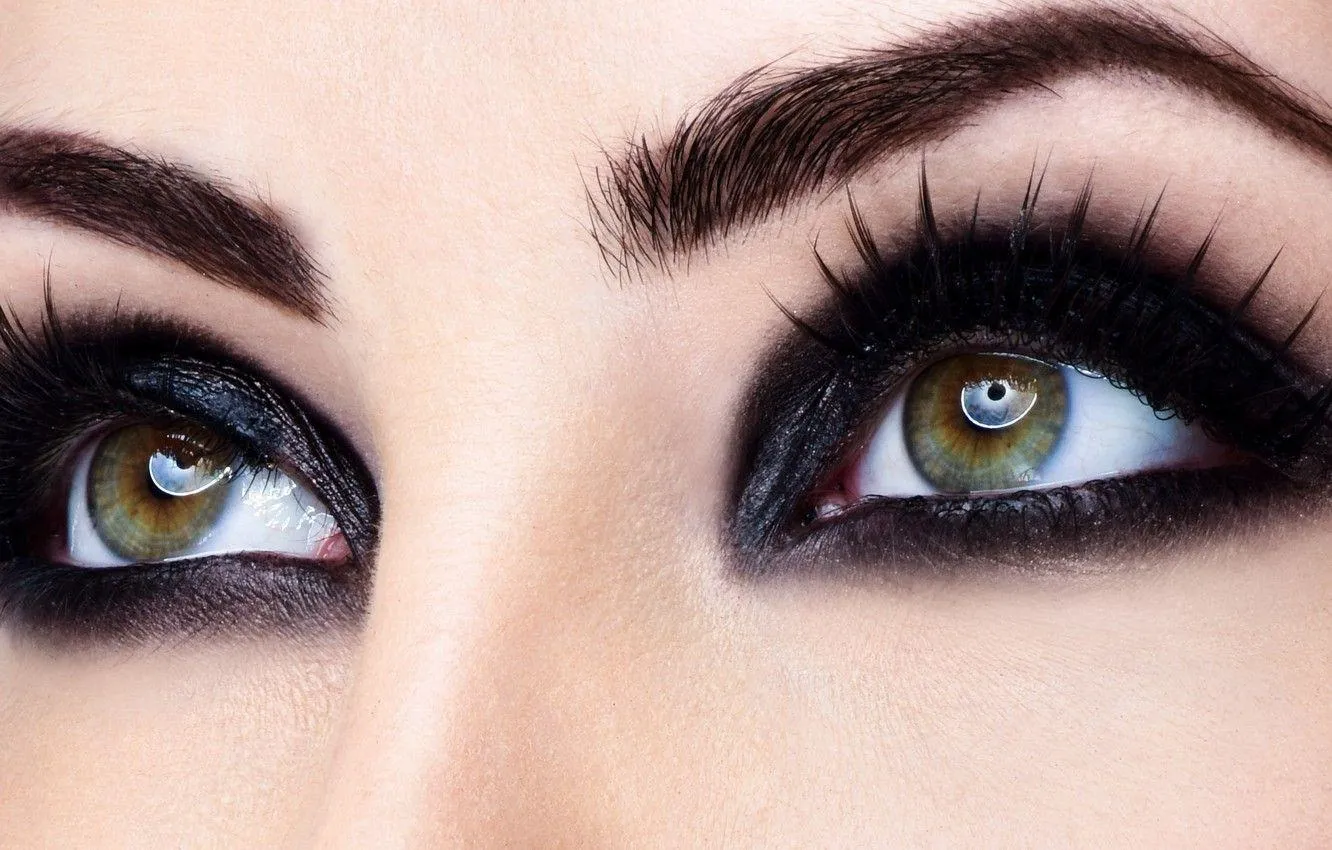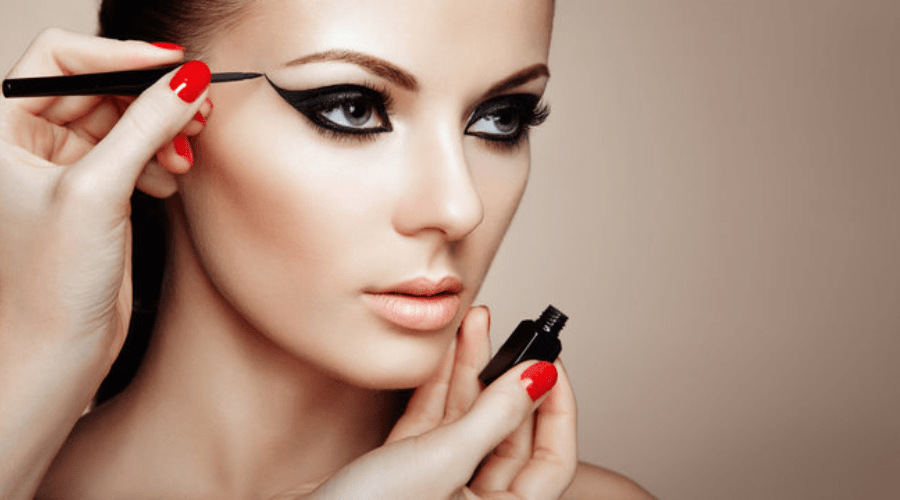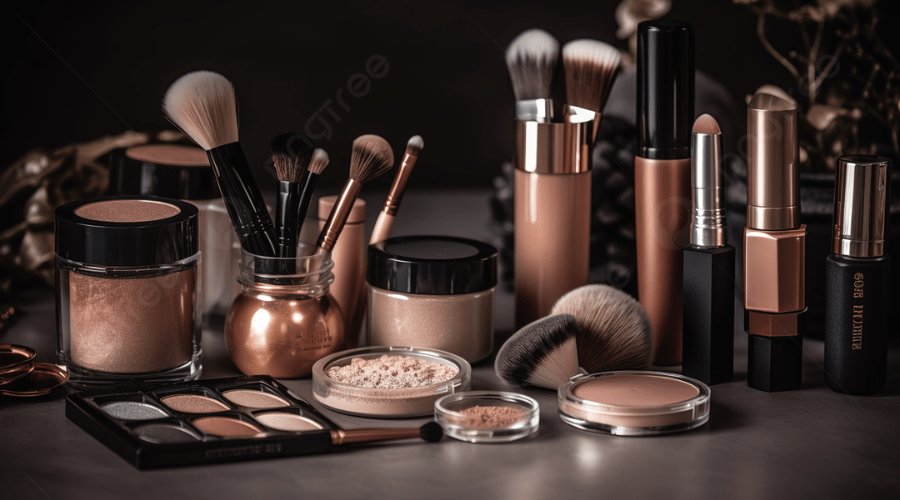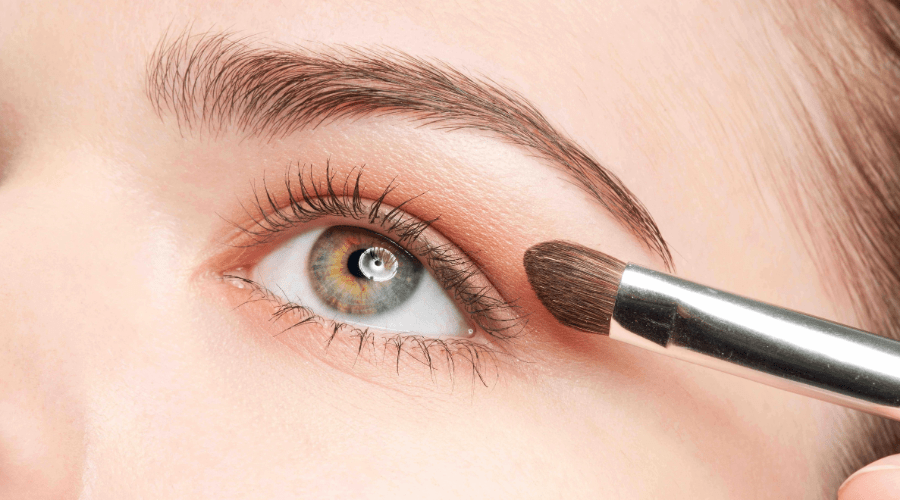
In the realm of beauty and cosmetics, eyeshadow stands out as a versatile tool that has the power to transform your look and accentuate the windows to your soul. Whether you’re a makeup enthusiast or a beginner, understanding the nuances of eyeshadow application can elevate your makeup game to new heights. In this comprehensive guide, we’ll delve into the world of eyeshadows, exploring everything from types and textures to application techniques and color choices.
The Basics of Eyeshadow
1.1 Types of Eyeshadows
Eyeshadows come in various formulations, each offering a unique texture and finish. Powder eyeshadows are the most common and versatile, available in both pressed and loose forms. Cream eyeshadows provide a more intense color payoff and are excellent for a quick and easy application. For a glamorous touch, consider using pigments or loose glitters.
1.2 Choosing the Right Eyeshadow for Your Eye Shape
Different eye shapes call for distinct eyeshadow application techniques. For example, those with hooded eyes may want to focus on creating depth, while individuals with prominent lids can experiment with bold colors and defined creases. Understanding your eye shape allows you to tailor your eyeshadow application to enhance your natural features.
Mastering Eyeshadow Application Techniques
2.1 The Classic Smoky Eye Look
The smoky eye remains a timeless favorite, exuding an air of sophistication and mystery. To achieve this sultry look, start by applying a neutral base color on your lids. Gradually build intensity by adding darker shades to the outer corners and blending them seamlessly. Complete the look with a touch of shimmer on the center of your lids for added drama.
2.2 The Cut Crease Technique
Ideal for showcasing vibrant colors, the cut crease technique involves creating a sharp, defined line in the crease of your eyelid. Begin by applying a neutral transition shade, then use a concealer to carve out a clean line above your natural crease. Fill in the space with your chosen eyeshadow color, ensuring a striking contrast between the lid and crease.
2.3 Monochromatic Eye Makeup
Embrace the simplicity and elegance of monochromatic eyeshadow looks. Choose a single color palette and apply different shades of that color across your eyelids. This technique not only streamlines your makeup routine but also creates a harmonious and polished appearance.
Choosing the Right Eyeshadow Colors
3.1 Understanding Color Wheel Basics
The color wheel is a valuable tool when selecting eyeshadow colors that complement each other. Opposite colors on the wheel, known as complementary colors, create a striking contrast when paired together. For a more harmonious look, opt for analogous colors, which are situated next to each other on the wheel.
3.2 Eyeshadow Colors for Every Eye Color
Different eye colors can be accentuated with specific eyeshadow shades. For blue eyes, warm tones like oranges and coppers enhance the natural vibrancy. Green-eyed individuals can opt for purples and plums to make their eye color pop, while earthy tones like browns and greens complement brown eyes beautifully.
3.3 Seasonal Eyeshadow Trends
The world of makeup is ever-evolving, and eyeshadow trends follow suit. Stay on-trend by incorporating seasonal colors into your eyeshadow palette. Rich burgundies and deep greens are perfect for autumn, while pastels and bright hues capture the essence of spring and summer. Keep an eye on runway looks and beauty influencers for inspiration.
3.4 Eyeshadow Finishes: Matte, Shimmer, and Metallic
Eyeshadows come in various finishes, each contributing to the overall effect of your eye makeup. Matte eyeshadows provide a velvety, non-reflective finish, making them ideal for crease definition. Shimmer eyeshadows add a subtle sparkle, while metallic shades deliver high-impact shine. Experimenting with different finishes allows you to create diverse looks for various occasions.
Eyeshadow Tools and Accessories
4.1 Essential Eyeshadow Brushes
Investing in quality eyeshadow brushes is crucial for achieving a professional and seamless application. A fluffy blending brush is essential for diffusing colors, while a small, densely packed brush is perfect for precision in the crease. Consider adding a flat shader brush for applying color to the lids and a smudging brush for the lower lash line.
4.2 Eyeshadow Primer: A Game-Changer
Never underestimate the power of a good eyeshadow primer. Applying a primer not only enhances the vibrancy of your eyeshadows but also ensures longevity and prevents creasing. A thin layer of primer creates a smooth canvas for eyeshadow application, allowing the colors to adhere more effectively.
4.3 Experimenting with Eyeshadow Techniques
The beauty of eyeshadow lies in its versatility, and experimenting with various techniques can lead to unique and personalized looks. Consider layering different eyeshadow shades for a multidimensional effect or using unconventional tools, such as cotton swabs or your fingertips, for a more artistic application.
Conclusion
In the realm of beauty, eyeshadow serves as an artistic expression, allowing individuals to showcase their creativity and enhance their natural beauty. From classic smoky eyes to trendy monochromatic looks, the possibilities are endless. By understanding the basics of eyeshadow types, mastering application techniques, choosing the right colors, and utilizing essential tools, you can unlock the full potential of eyeshadow and create captivating eye makeup looks that leave a lasting impression. So, go ahead and explore the world of eyeshadows — your eyes are the canvas, and the colors are your artistic palette.

